Describe the General File System Hierarchy of a Linux System
It is the default current directory. These are the common top-level directories associated with the root directory.

The Linux File System Structure Explained Mytechmint
Dentry enables the hard link which allows allow multiple hard links to be created for the same file.
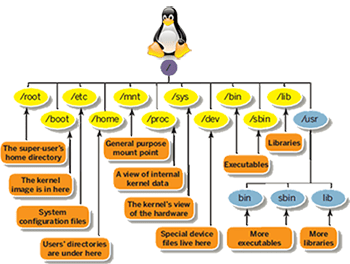
. Immediately below the root level directory are several subdirectories most of. In the FHS all files and directories appear under the root directory even if they are stored on different physical or virtual devices. Contains static files for the boot loader.
That being said its also still one of the things that confuse beginners the most and therefore questions about it still get asked all of the time. The root directory. The Linux File Hierarchy Structure or the Filesystem Hierarchy Standard FHS defines the directory structure and directory contents in Unix-like operating systems.
The Root Directory 13. The Filesystem Hierarchy Standard or FHS defines how the directory structure in Linux works and its something that many beginner articles have already been written about. A typical Linux system has the following directories.
The base of the LinuxUnix file system hierarchy begins at the root and everything starts with the root directory. UNIX System V Signals B. Boot This is where all the needed files for Linux to boot are.
Linux Filesystem Hierarchy Standard FHS Filesystem hierarchy standard describes directory structure and its content in Unix and Unix like operating system. Exploring Linux File System Hierarchy. The SizeInBytes value doesnt represent the size of a consistent snapshot of the file system but it is eventually consistent when there.
Ext2 Ext3 and Ext4. Red Hat Enterprise Linux uses the Filesystem Hierarchy Standard FHS file system structure which defines the names locations and permissions for many file types and directories. Its current version is 30 released on June 3rd 2015 and is maintained by Free Standards Group.
Bin Pronounced bin as opposed to bine this is where most of your binary files are stored typically for the Linux terminal commands and core utilities such as cd change directory pwd print working directory mv move and so on. Bin binary or executable programs. Ext Ext2 Ext3 and Ext4 file system.
All of these and more are explained in this article. All other directories can be accessed from the root directory. Linux directory structure.
This is a short explanation of the Linux file system Hierarchy. We also need to install a tool named tree to view the structure of directories and hierarchy better. It was implemented in April 1992 and aimed to overcome certain limitations of the MINIX file system.
A partition usually has only one file system but it may have more than one file system. This is the root directory. Linux is based on UNIX and hence it borrows its filesystem hierarchy from UNIX.
Linux Filesystem Hierarchy 11. The ext extended file system is the first file system created specifically for the Linux kernel. Ill be using the term Linux hereafter instead of UNIX though.
The latest known metered size in bytes of data stored in the file system in its Value field and the time at which that size was determined in its Timestamp field. So you can create multiple names for the same file. About the Author D.
That is it can reviewed as a tree structure. The Unix file system has a hierarchical or tree-like structure with its highest level directory called root denoted by pronounced slash. This directory contains executable programs which are needed in single user mode and to bring the system up or repair it.
Everything all the files and directories in Linux are located under root. Linux file systems operate from a single unified namespace. The tree allows for only one parent for each sub directory but a parent directory may contain many sub directories.
The FHS document is the authoritative reference to any FHS-compliant file system but the standard leaves many areas undefined or extensible. If youd like to know about Linux File Systems hierarchy and structure we have to trace it back to its root directory. The Timestamp value is the integer number of seconds since 1970-01-01T000000Z.
In a Linux system all files are stored on file systems. Contains the entirety of your operating system. This directory only holds the files which are needed during the.
Remember everything is a file and all files exist under the root directory. It is maintained by the Linux FoundationThe latest version is 30 released on 3 June 2015. Although each Linux distribution has its own quirks the majority conform for the most part with the Filesystem Hierarchy Standard FHS.
The Filesystem Hierarchy Standard FHS is a reference describing the conventions used for the layout of a UNIX system. It has been made popular by its use in GNULinux distributions but it is used by other UNIX variants as well. The file system Ext stands for Extended File System.
The FHS project began in 1993 and the goal was to come to a consensus on how directories should be organized and which files should be stored where so that distributions could have a single reference point from which to work. The Unix File system is a hierarchy. Etc system configuration files.
It explains where files and directories should be located and what it should contain. Linux file system is the collection of data andor files stored in a computers hard disk or storage your computer relies on this file system to ascertain the location and positioning of files in your storage were it not there the files would act as if they are invisible obviously causing many problems. Sub directories folders appear as branches emanating from a their parent directories a folder containing the folder.
Youll fine a similar directory structure in UNIX-like operating systems such as BSD and macOS. It is maintained by the Linux Foundation. Linux file system has a hierarchical file structure as it contains a root directory and its sub-directories.
When we install the Linux operating system Linux offers many file systems such as Ext Ext2 Ext3 Ext4 JFS ReiserFS XFS btrfs and swap. Directories are special files that may contain other files. File systems on different local disks removable media and even remote servers will all appear underneath a single directory hierarchy beginning from the root.
A file-system hierarchy is the organization of these files into a single inverted tree of directories. Home home directory. Lets understand each of these file systems in detail.
Dentry cache also does matter for performance of File system. The following picture is from Understanding the Linux Kernel 3rd Edition which shows interactions between processes and VFS objects. The tree of directories is said to be inverted since its root at the top of the hierarchy and the branches of directories and sub-directories stretch below the root.

This Tutorial Explains The Linux Directory Structure You Ll Learn The Linux Filesystem Hierarchy Along With The Purpose Of The Var Linux Linux Mint Some Jokes

Linux Filesystem Directory Structure Hacknos Explain
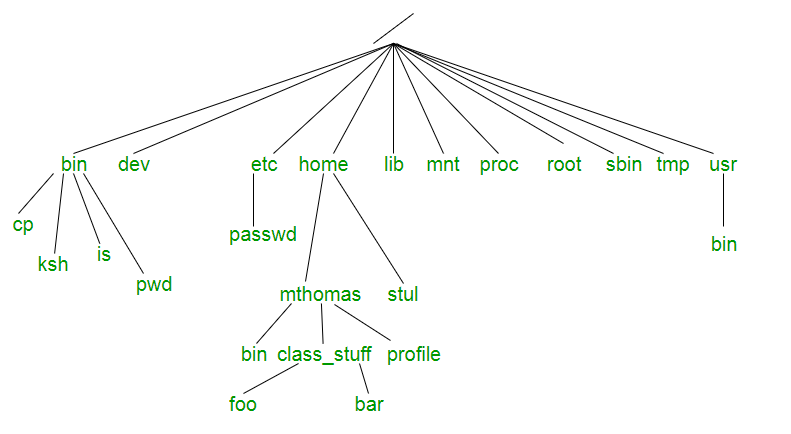
Unix File System Geeksforgeeks
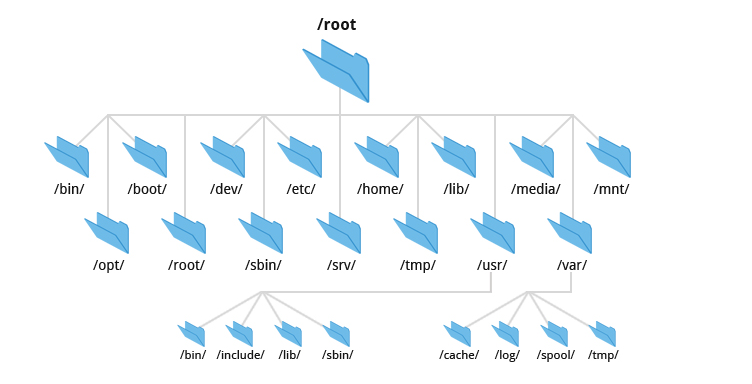
The Linux Filesystem A Thorough Walk Through By Soufiane Ezzaim Ensias It Medium

Pdf The Linux File System Structure Explained Harun Or Rashid Academia Edu

Linux File System An Overview Sciencedirect Topics
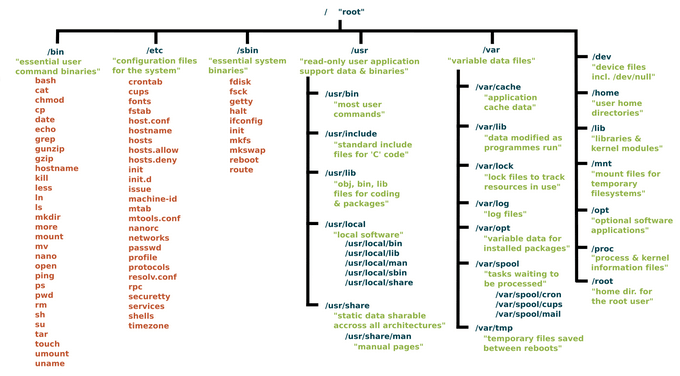
How To Navigate Use The Linux Directory Structure

Linux Directory Structure File System Structure Penetration Testing
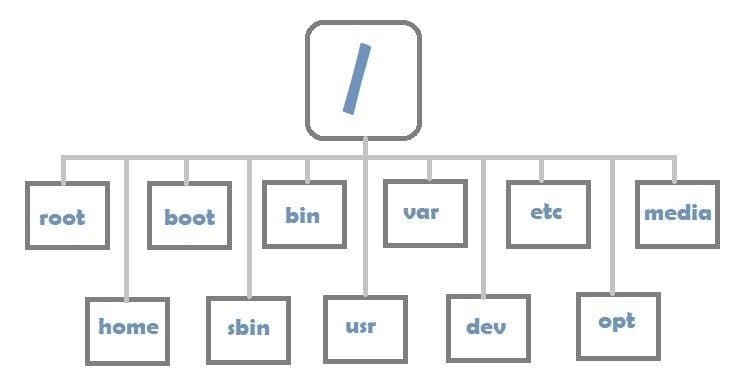
Everything You Need To Know About The Linux File System

Linux Directory Structure File System Structure Explained With Examples
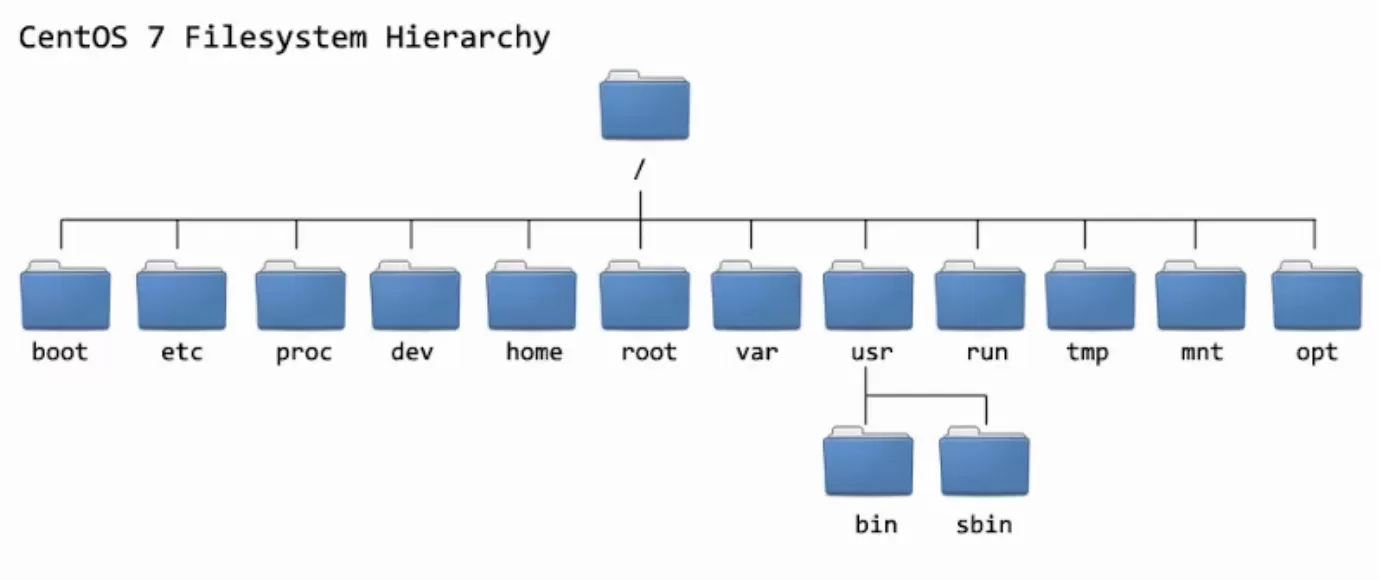
Linux Directory Structure Tech Fry

Linux File System For Sql Server Dbas Official Pythian Blog
Linux File System Learn All About Linux File System By Vinayak Kokane Medium
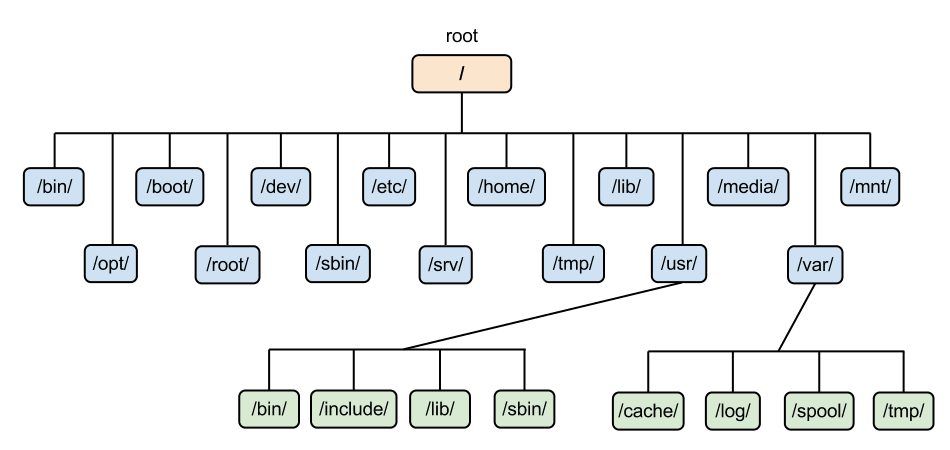
An Intro To Linux File System Management
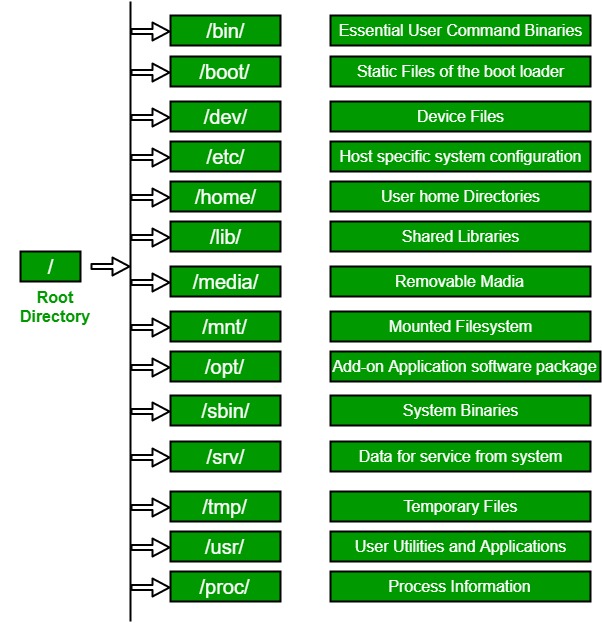
Linux File Hierarchy Structure Geeksforgeeks
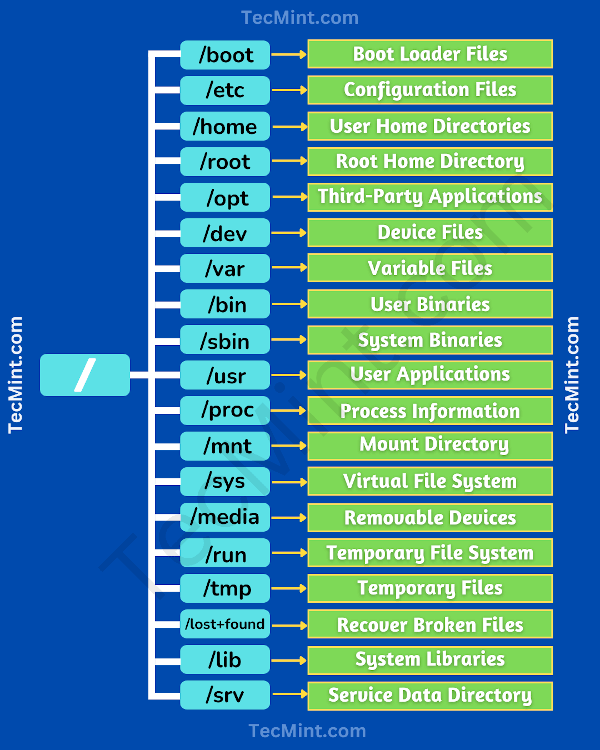
Linux Directory Structure And Important Files Paths Explained
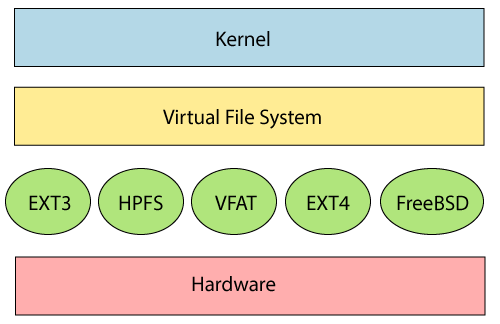
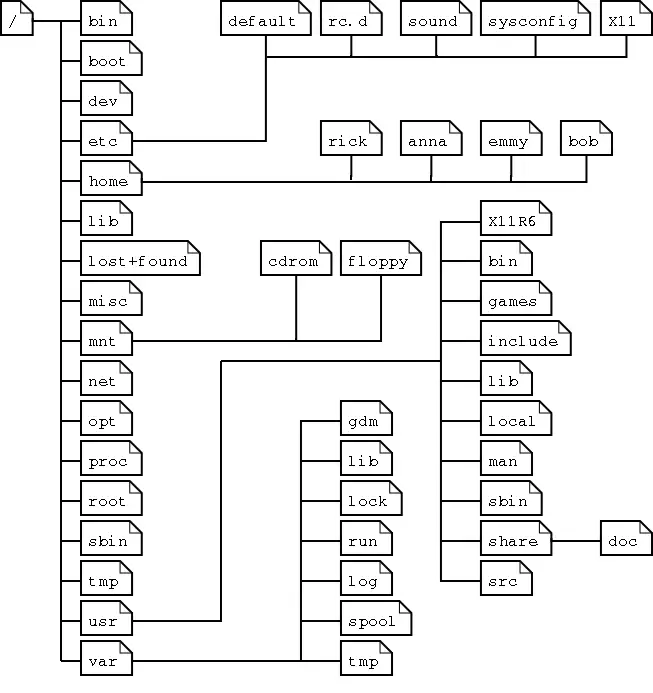

Comments
Post a Comment